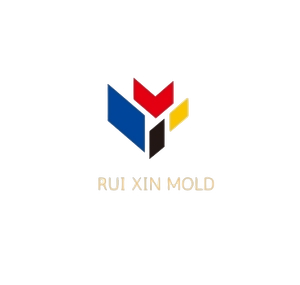What are Plastic Injection Mold Slides?
For simple molded products, ejection often requires a simple motion of ejector pins. These can work with conventional ejection mechanisms. Even complex designs can have very simple ejection mechanisms. The challenge comes with products designed with undercuts. These are parts with holes or grooves on the sides that disrupt a straight part ejection. It would be impossible to eject the product without damaging it in such a case. This sort of product poses an added challenge to the mold maker. It also results in added costs to the process. To address such complexity in injection molding slides get used. This article explains what slides are. It also explains how they work in aiding successful product releases.
The Slide Feature
The slide feature helps to manage undercuts during product ejection. It is a feature of the mold rather than of the product itself. A mold engineer recognizes the need for slides based on product design. Often the presence of undercuts indicates the need for slides. Manual product removal from the mold might get done without slide features. It works in automated and manual product removal. In much large-scale product manufacturing automated gets used. Automation helps to optimize time and maintain consistency. It also helps meet specific demands such as minimizing hand contact. This might be important in for example sterile manufacturing conditions or sensitive parts. Slides or sliders get used in designs where the mold release direction and that of the product are not the same. Slides no doubt add to tooling cost but they make up for this inefficiency.


Labeled diagram showing the parts of the slide feature
There are several examples of products where slide molds get used. Products with holes, clips, windows, and similar features need sliders. These types of design features make ejection awkward or impossible. In general, products with undercuts. But some undercuts can be unfoldable and have to get removed from the design. These are common candidates for slide mold. The image below illustrates how a product with an undercut is difficult to release from the mold.


Mold with undercuts can’t get ejected from the mold without sliders
Mechanisms of Sliders in Injection molding
Sliders introduce auxiliary parting lines that allow part of the mold to get opened. This part releases the molded part. This is then followed by ejector motion for full part release from the mold. The slider motion occurs either before or after the mold opens. It can also happen at the same time as the mold opens. The motion of the slider gets powered by different mechanisms. This depends on the design of the system. It can be by air, spring, or hydraulic cylinder. Sliders introduce parts moving over each other. This could result in abrasion and wear. The surfaces of these components must get treated to prevent wear. This gets achieved by heat-treating with nitrogen by the nitriding process.


A-The mold closed and guide pin in slide


B- The guide pin moves out of the slide


C- With the pinout of the hole the slide moves and the mold opens
Image A, B, and C illustrating the mechanisms in the injection mold slides.
Below is a flow chart of the slide mold mechanism


The slide system gets made up of the guide pin, guide block, the slide body, wear plate, and the press block. The guide pin plays a major role in the slide mold. It is the feature used to locate the core and side of the mold cavity. It allows smooth and easy movement in the mold system. It also plays the role of supporting mold weight. Where inserts get used, it protects the core and the inserts. It does this by preventing displacement. The guide pin must be between 15 and 25 mm higher than the product. The slider guide pin is 10 to 15 mm below the mold guide pin. The slider guide pin as the name implies guides the movement of the slide. The diagram below shows the location of the guide pin.
There are different types of guide pins. The type used depends on the type of product and the type of mold in use. There are two key differences between the different types. These are the height above the slide and the lock mechanisms. These get described in the compiled diagrams below.
More information visit our website:www.dgruixinmold.com

